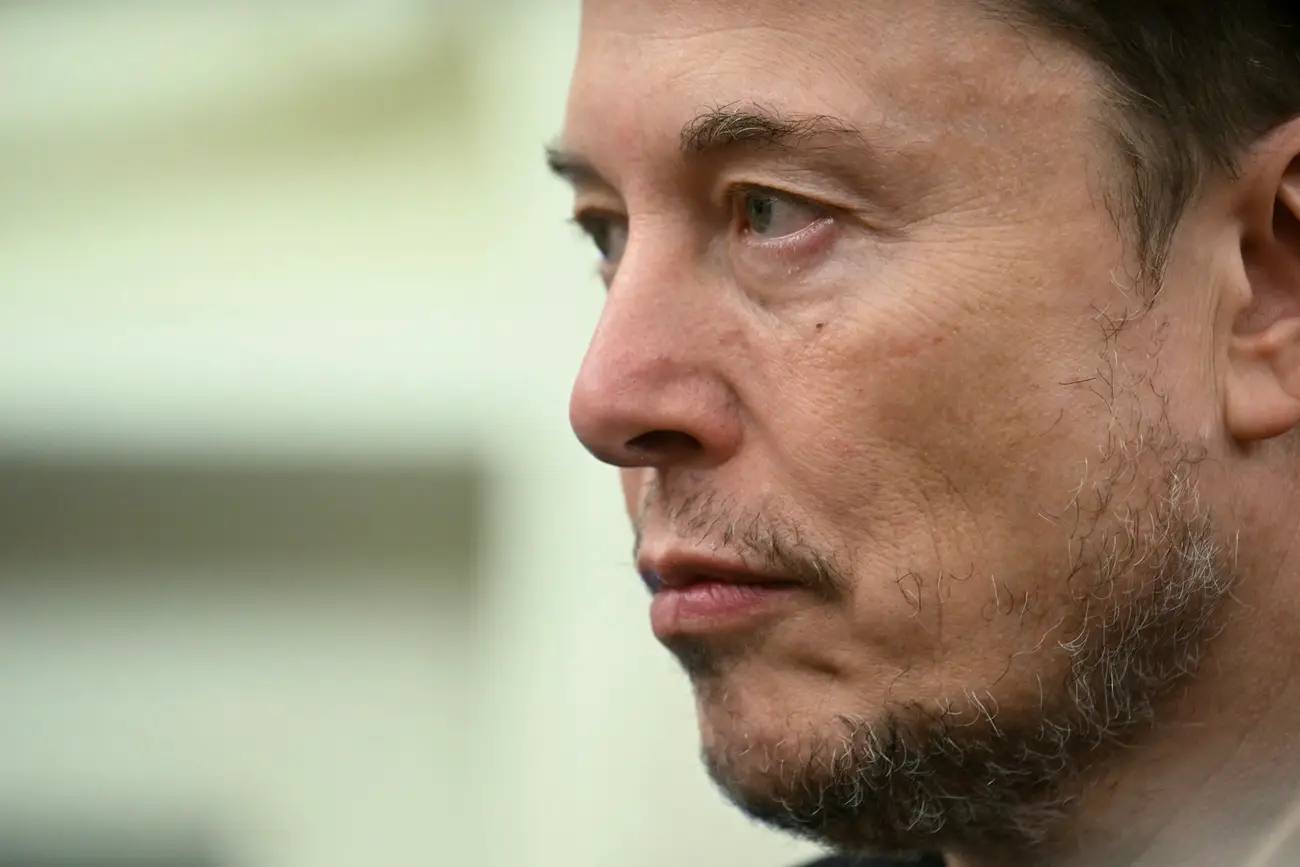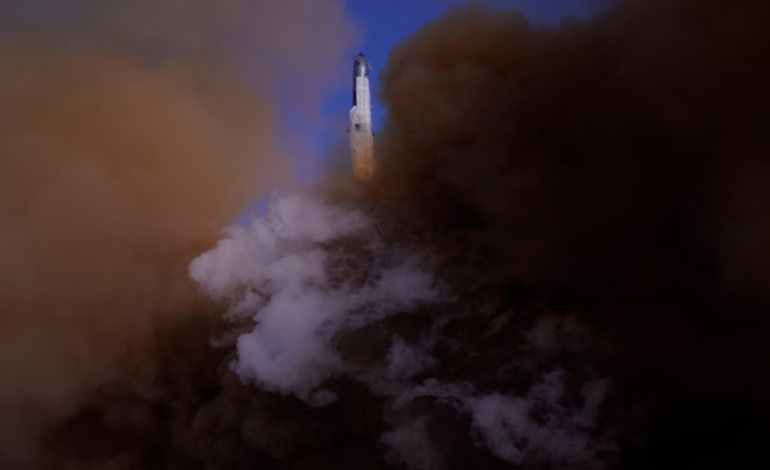Shortly before sunset on Tuesday, SpaceX launched its Starship rocket—the world’s most powerful—from its Texas base in what marked the system’s ninth test flight.
Hopes were high following two earlier test flights that ended in explosions. But despite achieving a number of key milestones, the latest mission ultimately ended in another failure, renewing questions about the future of SpaceX’s most ambitious project.
Starship, which consists of a reusable upper spacecraft (the “Ship”) mounted atop the Super Heavy booster, separated as planned early in the flight. However, the spacecraft soon began to spin uncontrollably. A SpaceX commentator later confirmed the company had lost “attitude control” during the orbital coast phase, leading to what it called a “rapid unscheduled disassembly”—a term SpaceX uses for unexpected destruction of a vehicle.
Though the launch marked Starship’s furthest progress yet—including successful operation of a reused booster and achieving orbit insertion—it still became the third consecutive test flight to end in destruction. The company was also forced to abandon the deployment of mock Starlink satellites due to a jammed payload door.
SpaceX has long operated under a “fail fast, learn fast” philosophy, treating such setbacks as data-rich opportunities to iterate and improve. The company’s successful Falcon 9 rocket followed a similar pattern of trial-and-error development.
But some experts are beginning to question whether the same method can be applied to a spacecraft intended for crewed missions to the Moon and, eventually, Mars. Dr. Leah-Nani Alconcel, a spacecraft engineer at the University of Birmingham, expressed concern over the cost and risk profile of Starship compared to previous programs.
“Each Starship launch is substantially more expensive than the Falcon launches,” she said. “And its primary goal—sending humans to Mars—relies on a market that doesn’t yet exist.”
Still, others view the recent test as meaningful progress. Dr. Jonathan McDowell, an astronomer at the Harvard-Smithsonian Center for Astrophysics, noted that Tuesday’s flight demonstrated critical functionality despite the failure.
“They made it to orbit and through ship engine cutoff—big progress,” he said, while acknowledging that more test flights are likely to face issues.
Starship’s development is closely tied to NASA’s Artemis program, which aims to return astronauts to the Moon by 2027. Under the current plan, NASA astronauts will travel to lunar orbit aboard an Orion capsule launched by the Space Launch System (SLS) rocket. A modified version of Starship, known as the Human Landing System, is then supposed to carry two astronauts to the Moon’s surface and back.
While NASA officials remain optimistic, some observers suggest the repeated Starship failures could threaten the 2027 timeline.
“If NASA wants to fly Artemis III in 2027, SpaceX should be doing its uncrewed moon landing demo no later than mid-to-late next year,” said Pam Melroy, a former astronaut and deputy NASA administrator.
NASA spokesperson Cheryl Warner said the agency is “encouraged” by the latest test and remains confident in SpaceX’s ability to address issues before the critical crewed missions.
SpaceX is not alone in pursuing deep-space goals. Rivals like Blue Origin and Chinese space agencies are also developing heavy-lift vehicles. But no other program matches the scale and ambition of Starship. If successful, Starship could transform spaceflight with its fully reusable design, capable of carrying over 100 metric tons into orbit.
Elon Musk, SpaceX’s founder, maintains that Mars colonization is the ultimate goal, envisioning thousands of Starships ferrying people to the Red Planet. However, reaching that point will require overcoming immense technical challenges, public scrutiny, and the demands of government partners.
As Dr. McDowell puts it:
“No one else is even trying something on the scale of Starship. If they get it to work—and they have to—it will cement their place as the industry leader.”
BBC and the Washington Post contributed to this report.








The latest news in your social feeds
Subscribe to our social media platforms to stay tuned